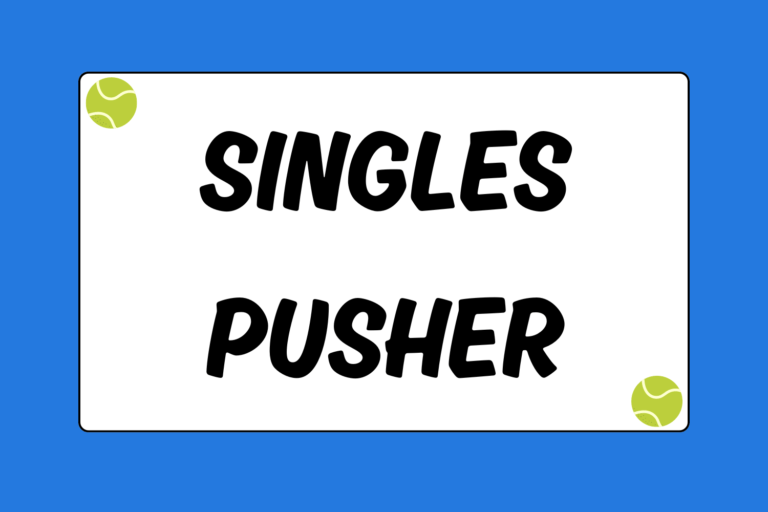Although it’s somewhat of a dying art in today’s baseline-heavy game, crashing the net is a fundamental skill that every tennis player needs to be comfortable with. Moving in decreases the likelihood of hitting the ball into the net, and it gives your opponent less time to recover after a shot. Moreover, mixing up a baseline game with solid net play forces your opponent to make adjustments and prevents him from dictating the points.
But many players struggle with the first and foremost step of net play: Deciding when to move in. You need to pick your spots wisely because crashing the net at the wrong time leaves you out of position and you’ll likely lose the point. This tennis guide explains the most opportune times to approach the net.
The Table Setter
Referred to as the serve and volley technique, your serve puts you at a huge advantage for your next shot. When serving, you can control where you want to place the ball, how hard you want to hit it, and the type of spin you want to use. This alone can put sweat on your opponent’s brow, but crashing the net after the serve forces him to hit a good return.
You don’t want to charge the net wildly and erratically, though. And some players don’t have a strong enough second serve to risk moving in on, so they only crash the net after first serves. Here are some tips on when and how to move in:
- Out-wide serves: You need to guard the down-the-line return, so follow the direction of the ball when you move in. If you’re serving out-wide on the deuce court, for example, shade to the left side of the court as you run in. You should have enough time to catch up to a crosscourt shot, but don’t move so far to the left that you set up an easy crosscourt return winner.
- Down the T: A good down-the-T serve is normally tough to return, and the opponent may not have an opportunity to place the ball with precision. Your eyes should light up if you can get him to stretch out and hit an off-balance shot. Stay near the center line of the service box, though, opposed to shading to one side of the court.
- At the body: Jamming your opponent is hard to do, but it generally leads to an easy sitter. Follow the direction of the ball when you move in. If you served to the ad court, shade slightly to the right side of the court.
Most serve-and-volleyers decide to charge the net before they serve the ball. It’s an aggressive mental approach that you need to commit to if you want to be successful. If you’re unsure about moving in, don’t do it. You’ll likely get caught in no-man’s land if you get a late jump.
Baseline Game
Most players move in after hitting an approach shot. Approach shots should generally land deep in the court and away from the opponent. The following sections explain the best times to charge the net from the baseline.
Service Box
You should consider charging the net every time your opponent’s shot lands in the service box. Short balls leave you with an easy opportunity to hit a good approach shot — or a flat out winner — and your momentum is already moving towards the net. Consider angling the ball to one of the corners, then move in towards the direction of the ball and stay at the net to close out the point.
Mid-range
Be slightly more selective with balls that land behind the service box and in front of the baseline. If you can hit a good approach shot, move in immediately afterward. Otherwise, you might be better off erring on the side of caution and staying at the baseline. Think of this area of the court as the “caution zone,” where you have to decide for yourself whether or not to crash the net.
Towards the Baseline
You should rarely crash the net on balls that land in the back third of the court. Deep balls are harder to return, and you’ll have more court to cover and less time to do it. That’s not to say you should never move in, but you’re probably better off staying back and grinding out the point from baseline.
Get in & Get out
Some singles players fear the service box like it’s the Bermuda Triangle. Good singles players, though, have well-rounded games and keep their opponents off-balance by mixing up their strategies. Charging the net requires an aggressive mindset, so don’t wait until you shake your opponent’s hand before you finally get to the net!





